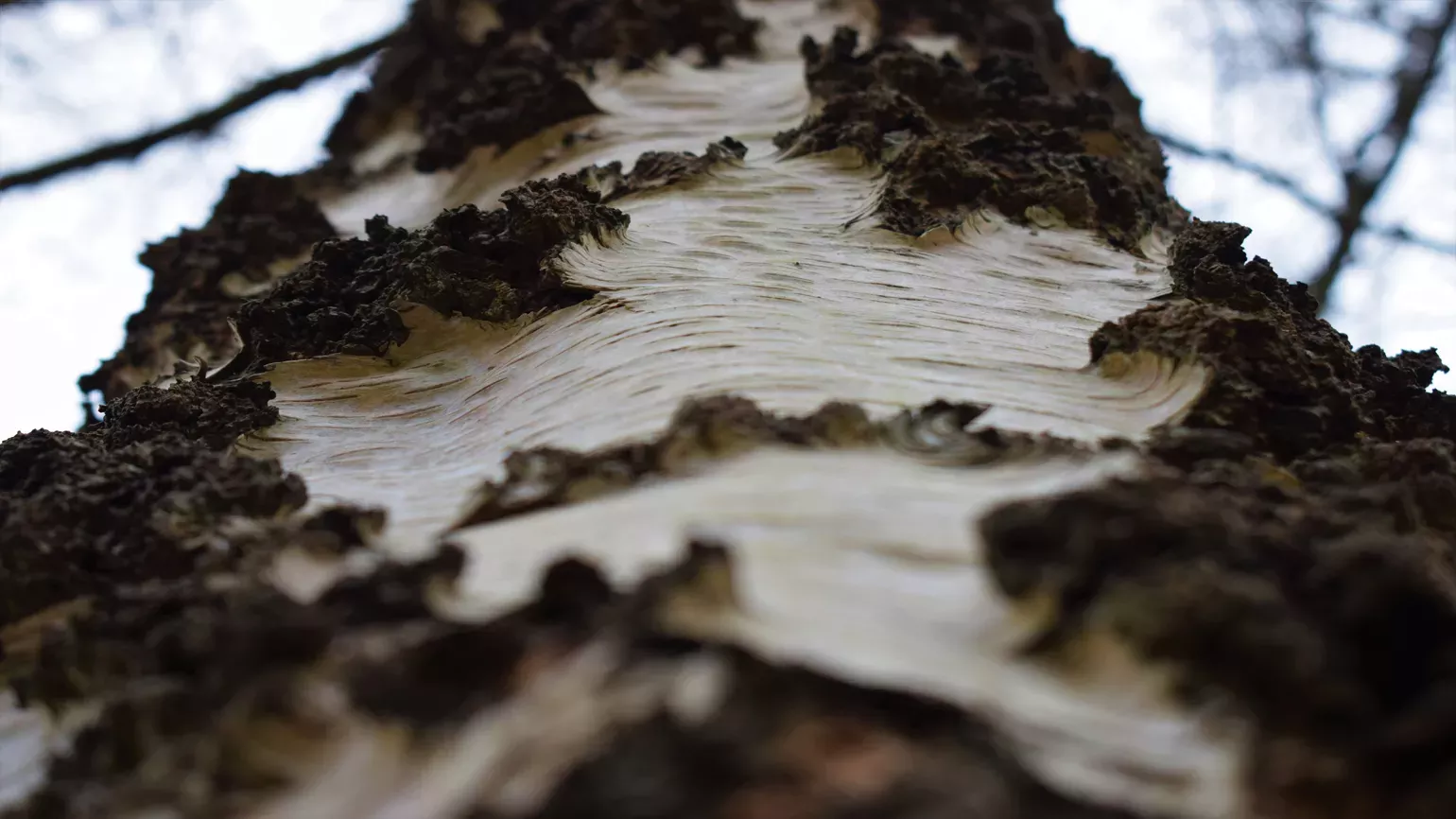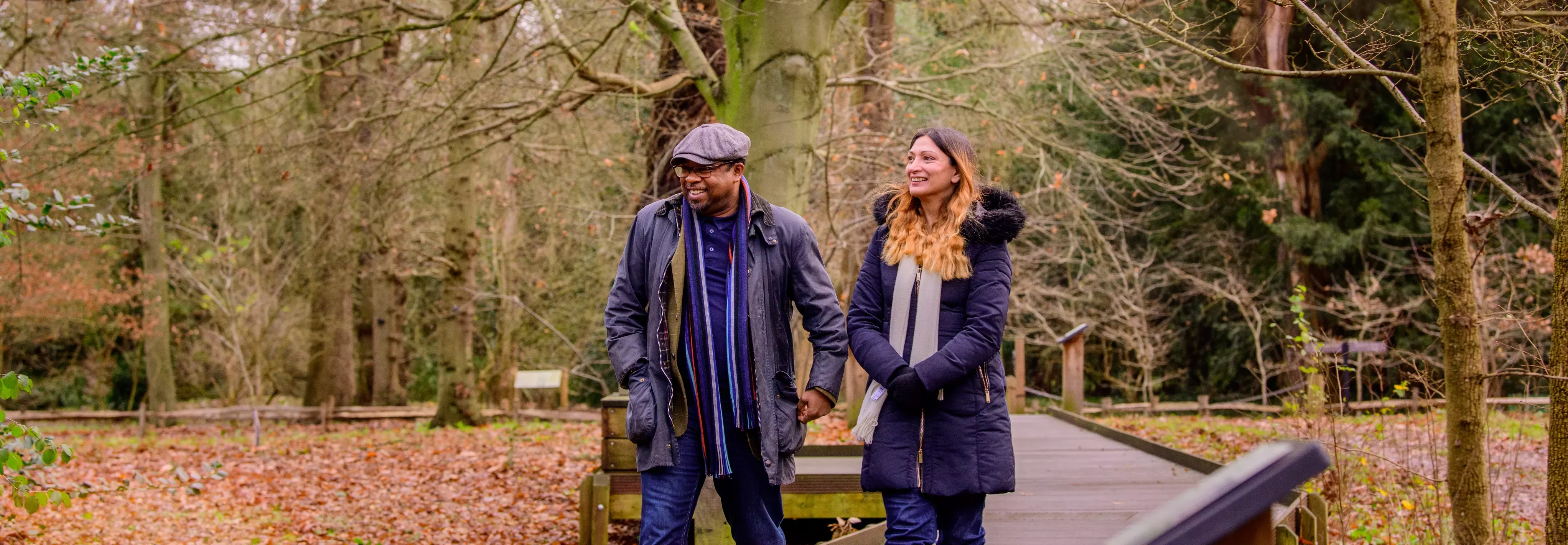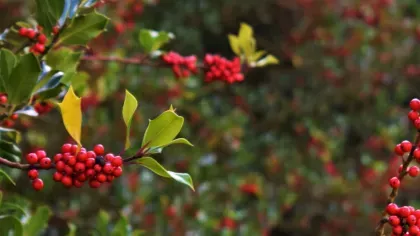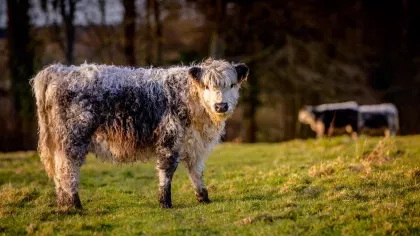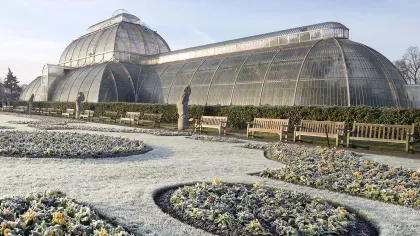10 December 2019
In pictures: Kew's winter plant highlights
From frosty pines to colourful witch hazel, here are our seasonal plant highlights.

Temperatures may have plummeted, but the Gardens are still bursting with life.
Head to Kew this winter for some gorgeous winter colours and textures. We've picked out our favourite plants of the season.
Conifers
Head down to the Pinetum to see a variety of these beautiful trees.
Get lost amongst the dark, needle-like foliage. This is the best time to admire these trees as the low winter sun highlights their branches and frost dusts their leaves.
Conifers appeared over 300 million years ago, and their fossilised remains help scientists trace the geological history of the Earth.
Check out Kew's tallest tree in the Redwood Grove, a coastal redwood (Sequoia sempervirens). It stands at nearly 40 metres high and is the height of a 13-storey building.
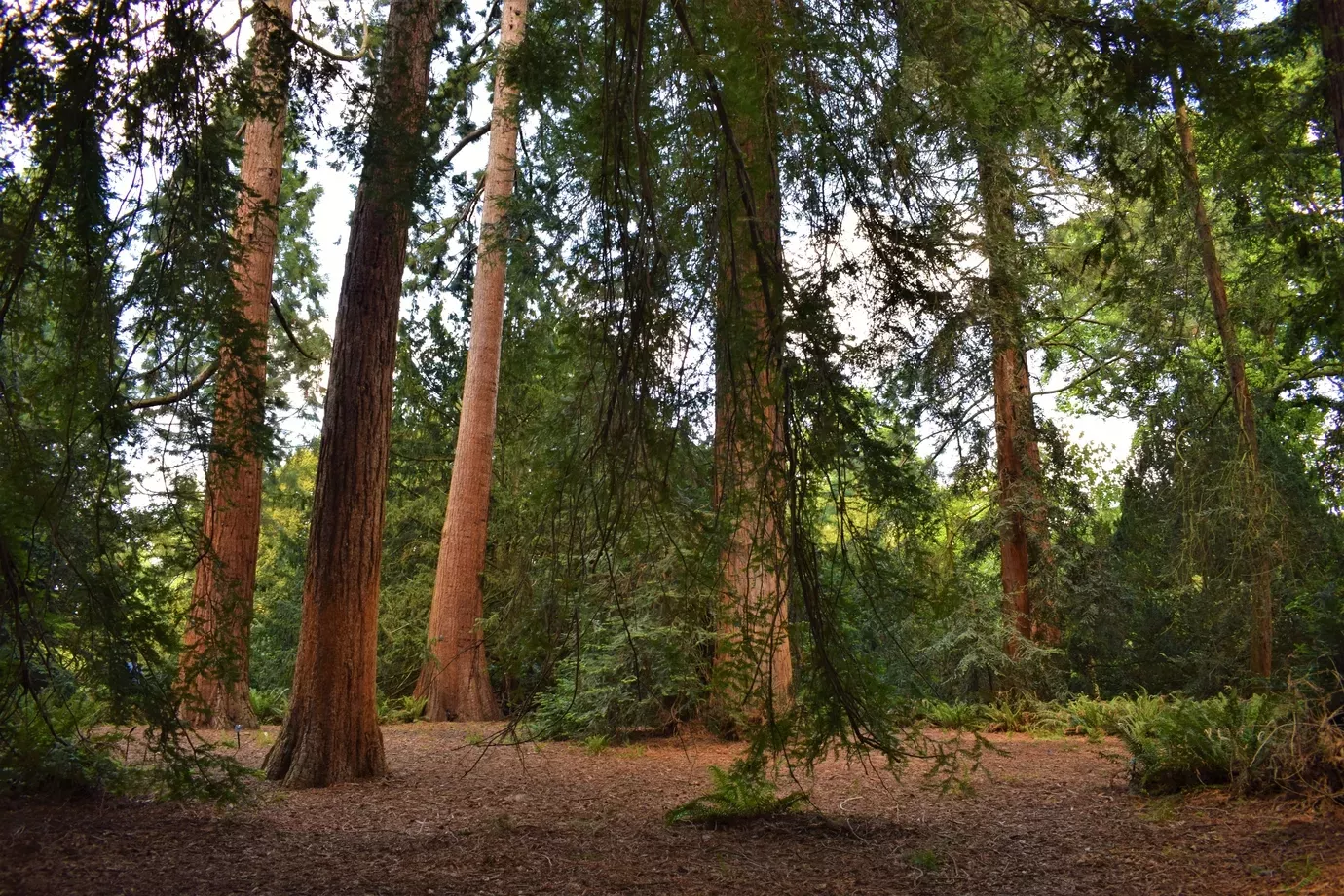

Yew trees (Taxus baccata)
In Kew's Natural Area, the woodland walk takes you past beautiful yew trees that look their best at this time of year.
The yew tree relies on woodland animals to spread its seeds. It has bright red berries which are poisonous to humans and most mammals - the colour is a handy warning.
But the colour also attracts the right woodland creatures. It helps birds, badgers and grey squirrels find the berries more easily.
They eat them, but only digest the sticky outer coating. The seeds pass through their systems undamaged and are spread to more open areas in their poo, which grow into new yew trees.
Go on a seasonal tour to spot yew and other seasonal heroes at Woodland Wonders this winter.
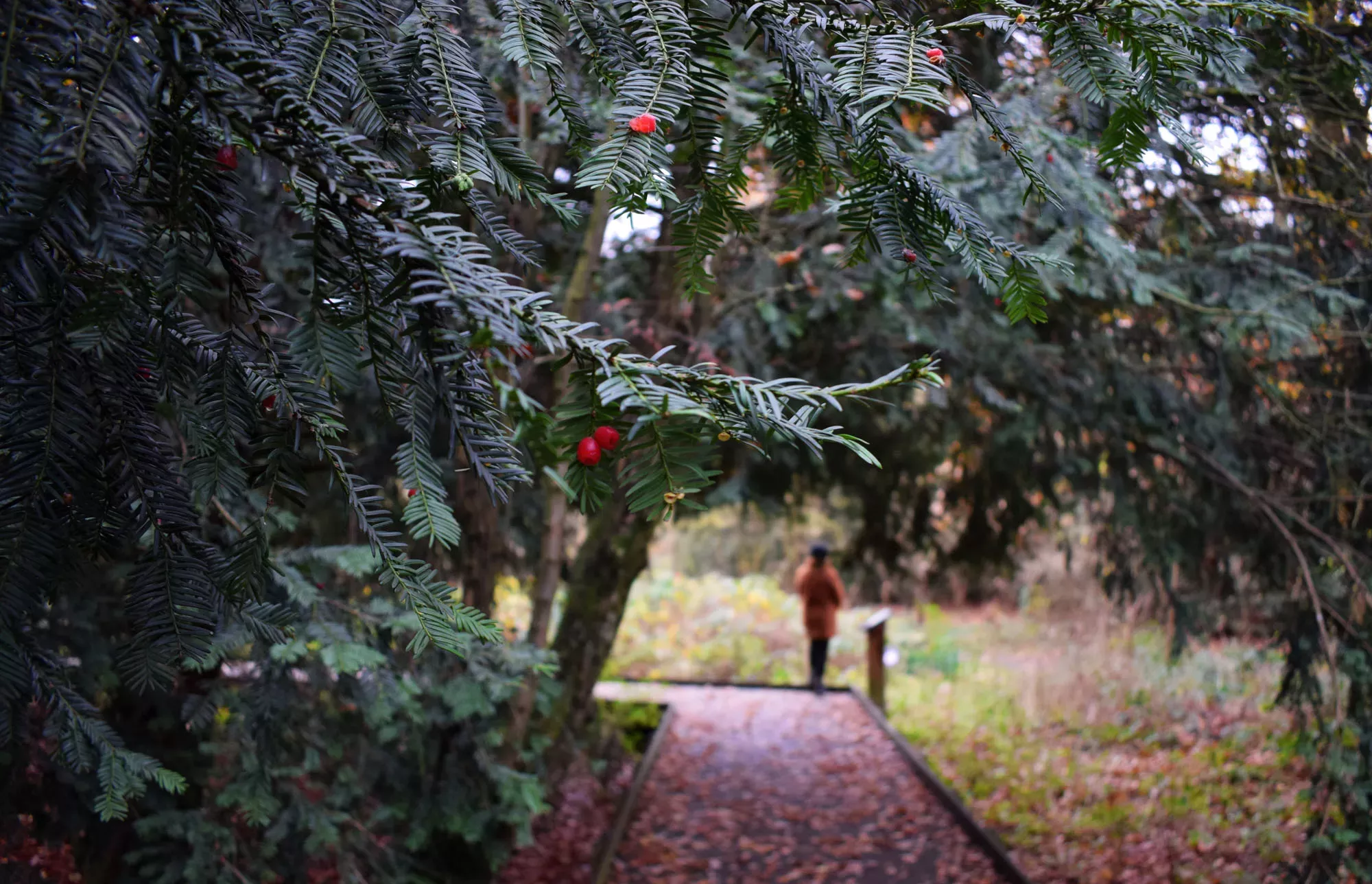
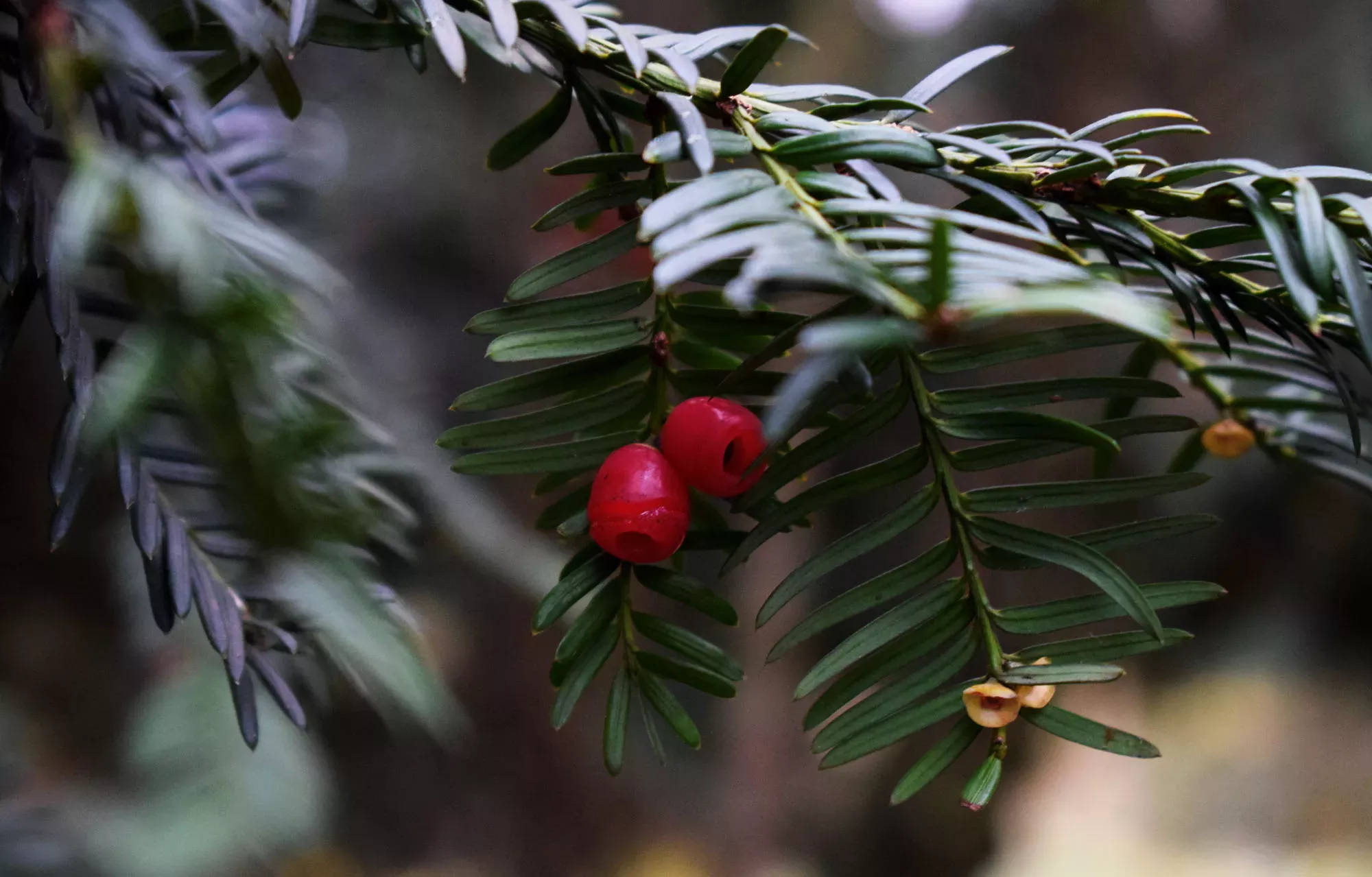
Chinese lanterns (Physalis alkekengi)
Take a walk through our walled gardens, where you'll find a striking array of seed heads catching the winter sunshine.
We reveal the science behind our stunning plant collection in the Evolution Garden, where you can find these beautiful Chinese lantern plants.
They have papery pods or 'calyxes' that surround the seeds, which turn bright red in late autumn. Reminiscent of Chinese lanterns, the papery texture and shape are what give them their common name.
The spiky seed heads of teasel (Dipsacus fullonum) in the Duke's Garden are a favourite with goldfinches and other birds, who use their thin beaks to pick the tiny seeds from between the spikes.
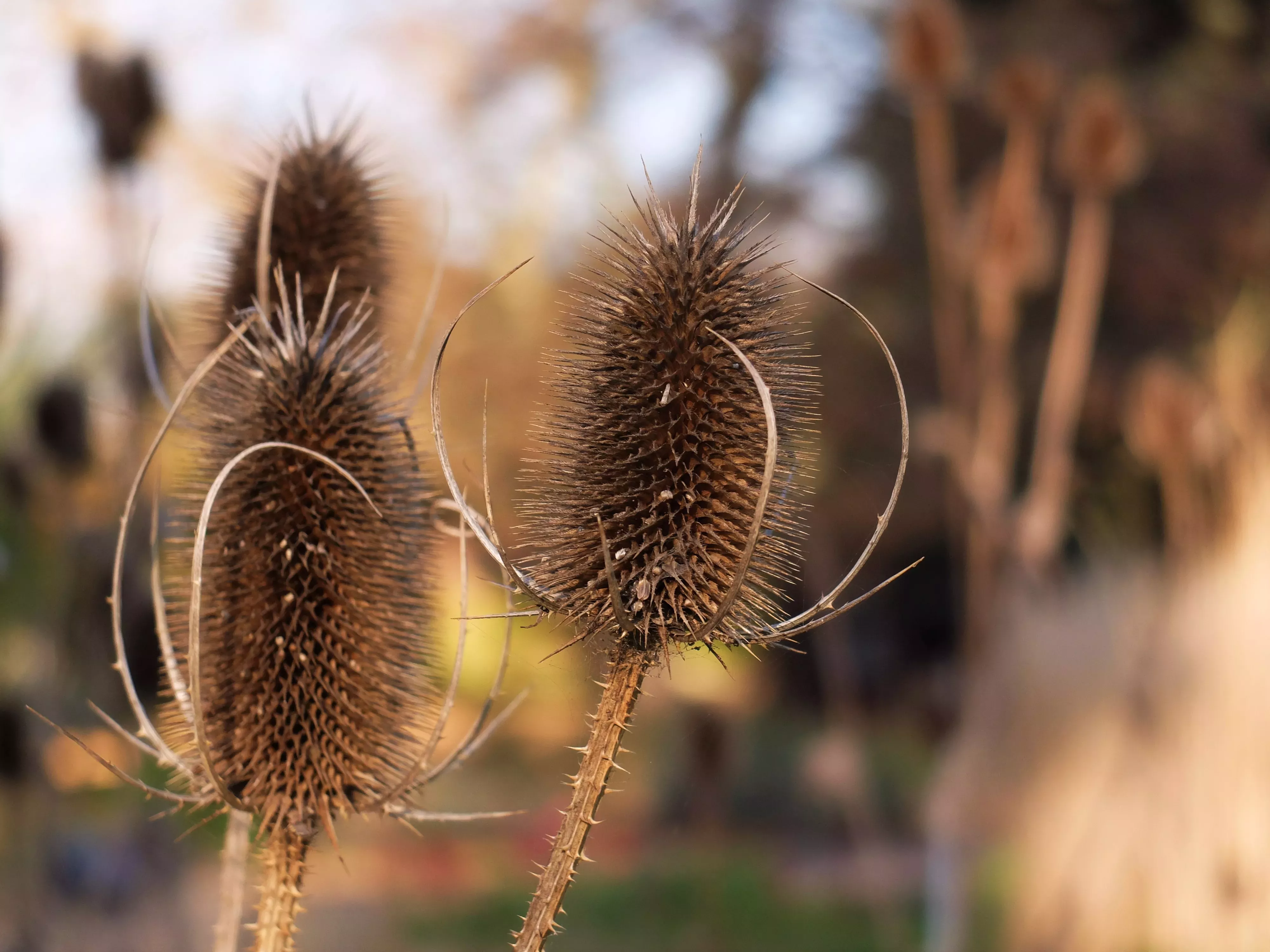
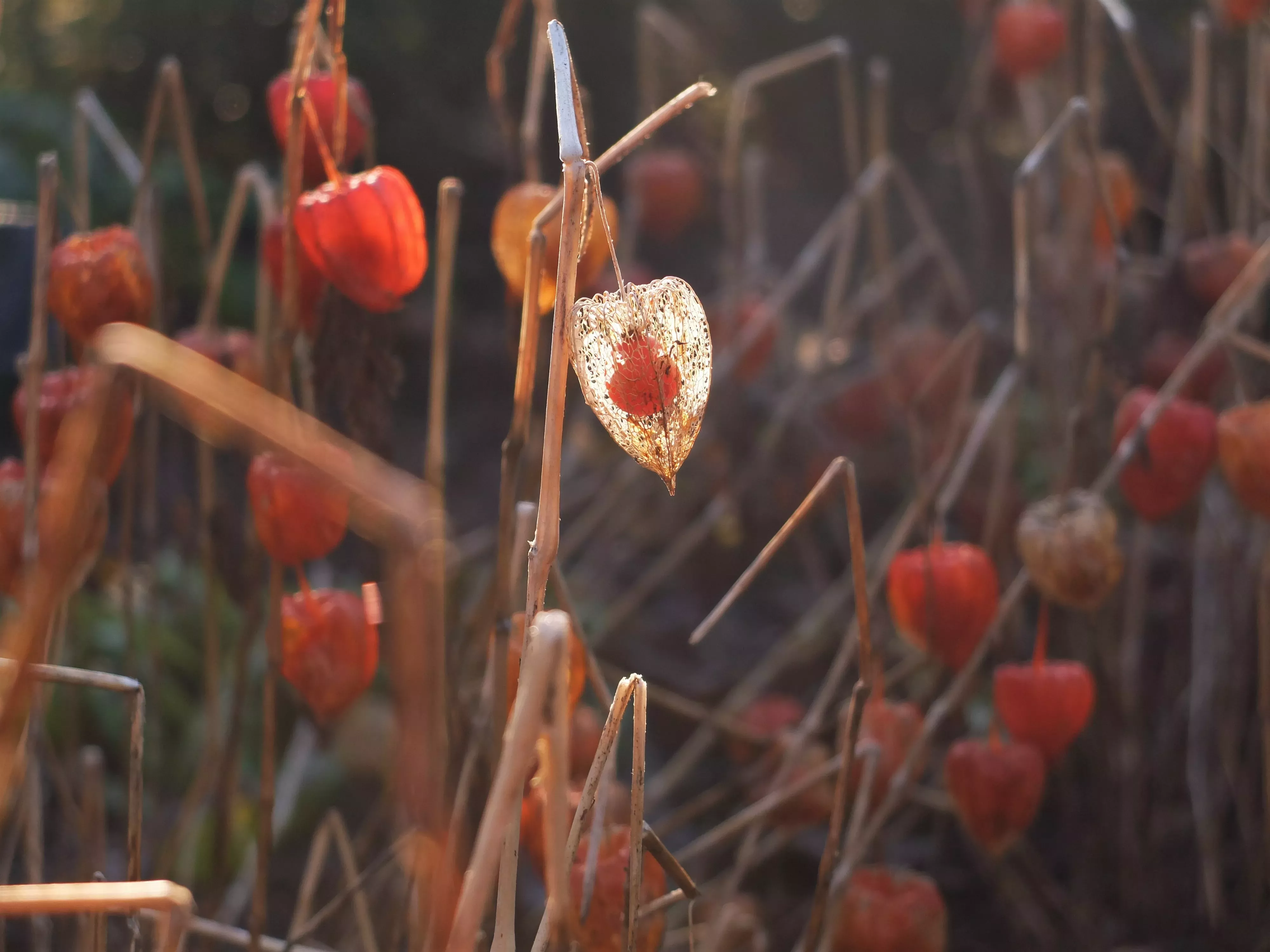
Witch hazel (Hamamelis)
Head down to the Mediterranean Garden to see our colourful witch hazel.
The branches are at their best in January, when they're covered in spidery orange and yellow flowers that resemble orange peel. Sniff the air to get a whiff of its spicy fragrance.
Best known for its medicinal properties, it's long been used in traditional medicine to treat insect bites and damaged skin. It's also used in many everyday beauty products such as face creams and moisturisers.

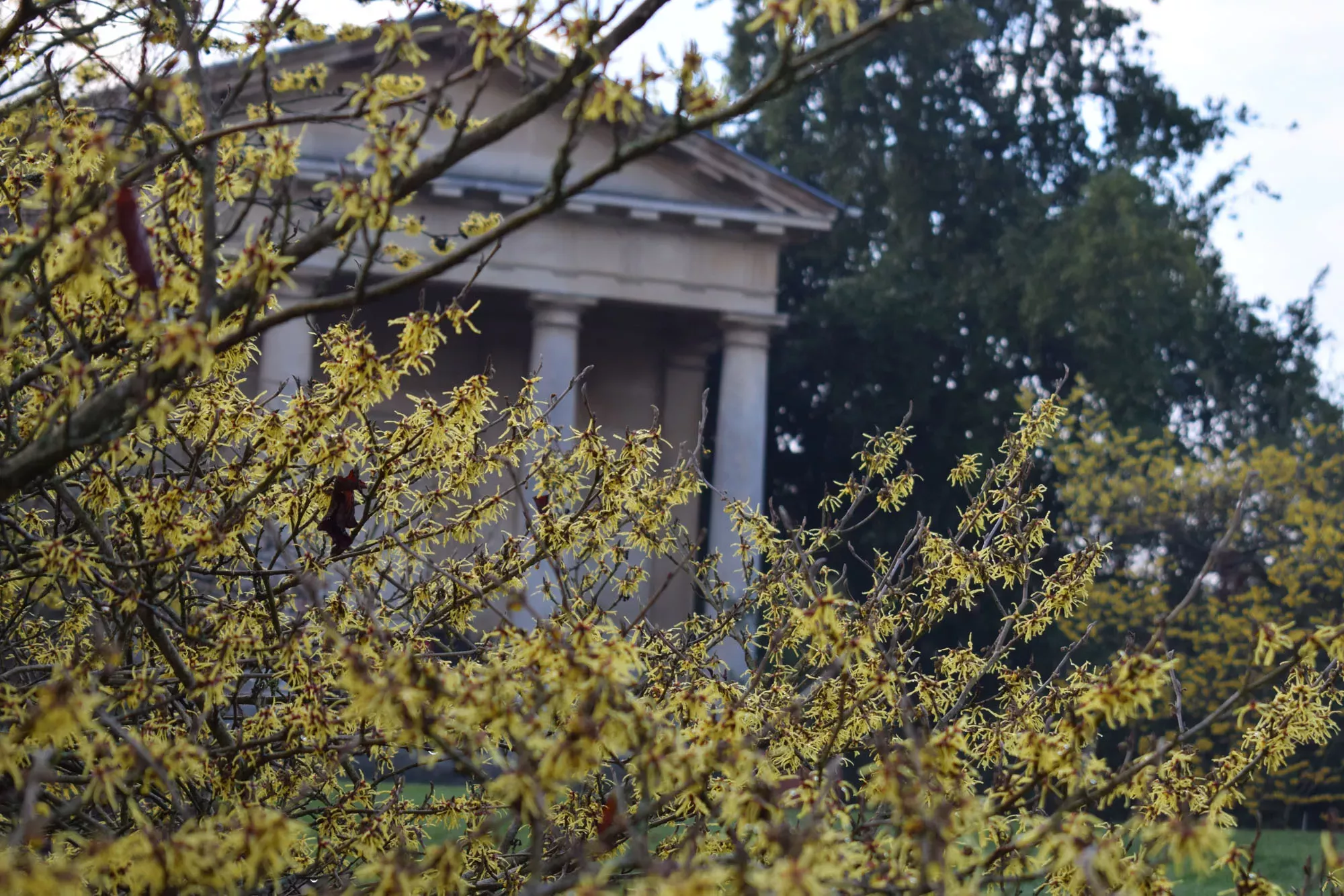
Birch trees (Betula pendula)
Look out for these elegant silver birches in our Natural Area. Native to the UK, you can spot this deciduous tree by its white, papery bark.
The success of this species lies in its abundant production of seeds, which are very light and easily dispersed by the wind.
They're an important species for UK wildlife, as the open canopies provide perfect conditions for grasses, mosses and bluebells to grow below. Caterpillars like to munch on the leaves, and woodpeckers often nest in the trunks.
Get to know our woodland insects with a trip to our bug hotels and see what other wildlife you can spot in the Natural Area. Or if you're feeling adventurous, head to Wakehurst to see the beautiful birch collection.
